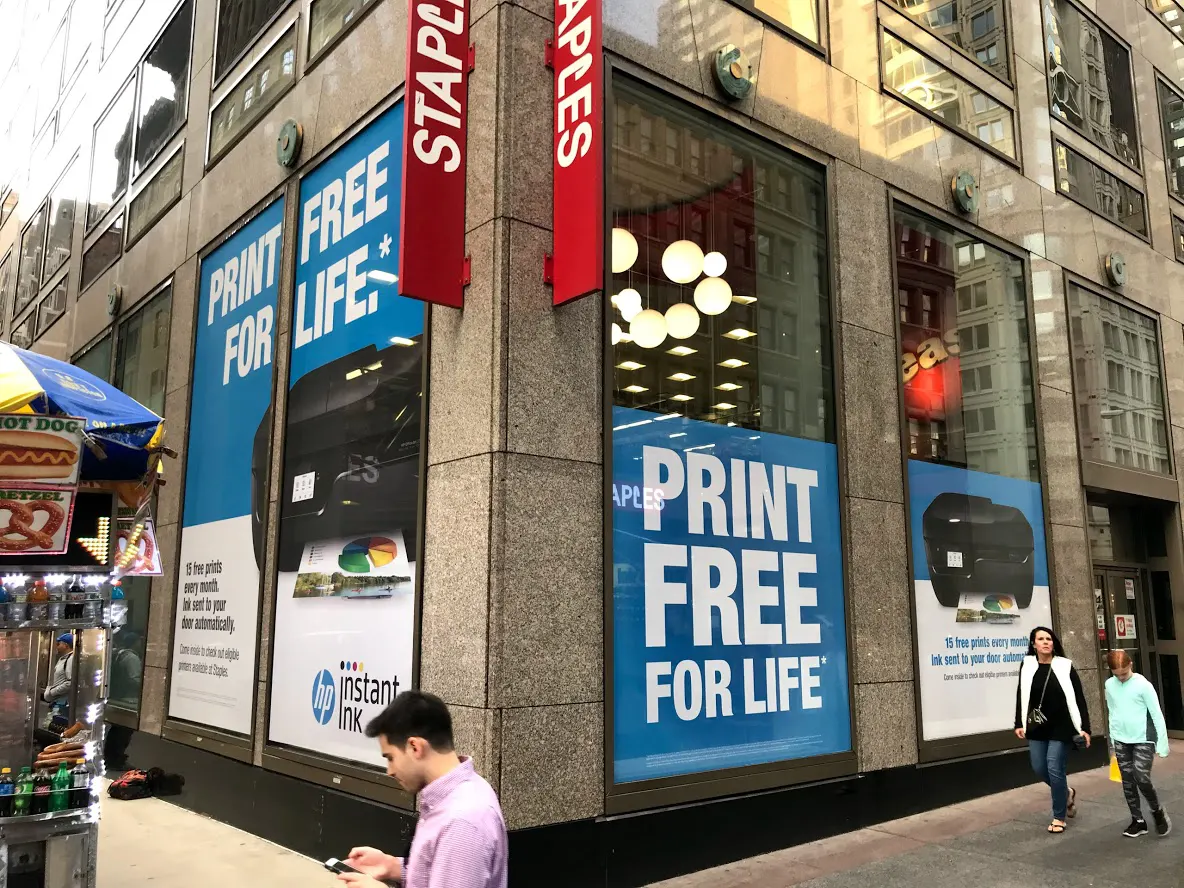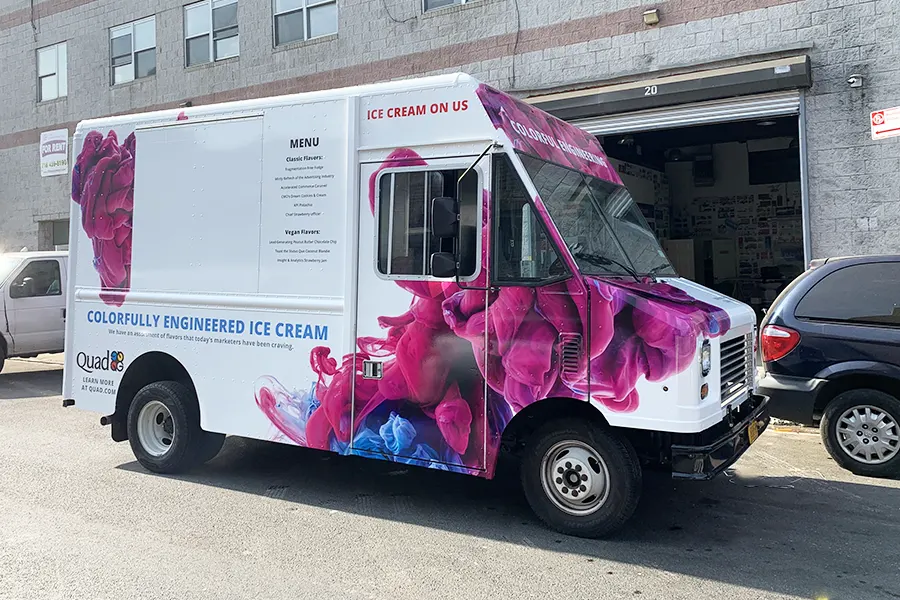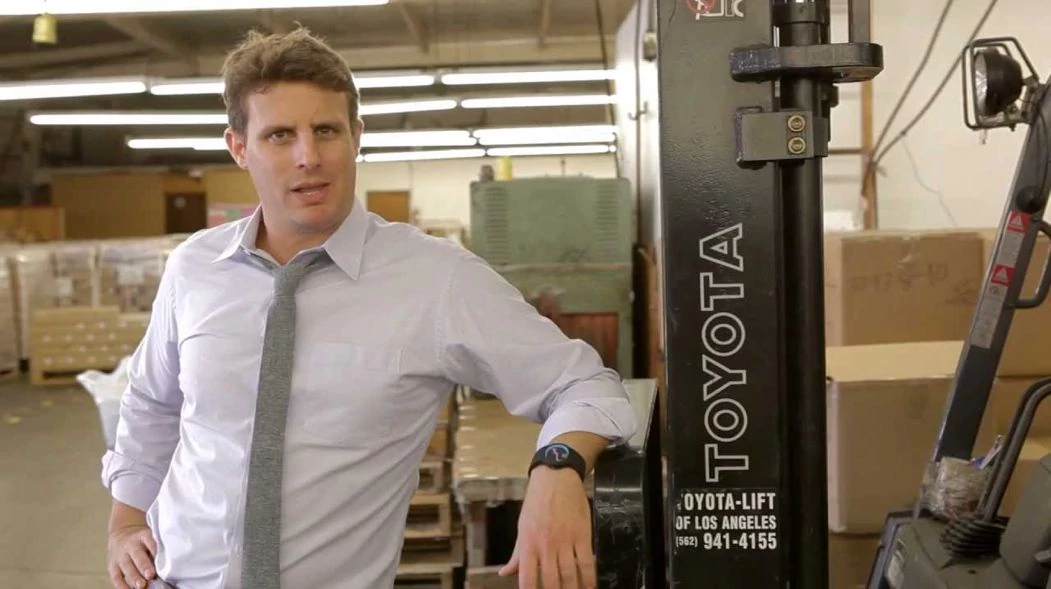Why People Buy What They Buy
Interesting question, isn’t it? Why and at what point does a person decide to give up their hard won cash to get something? Logically, we will think that it’s always because our products solve a well-defined problem in our customer’s lives. But then again, so do our competitor’s. So, why should they select you?
Understanding this is especially important in today’s entrepreneurship obsessed world. Statistically speaking, 9 out of 10 companies fail within their first 2 years. While there are many reasons for such an occurrence, the most common is they come out with a product that nobody wants.
Reasons to Why People Buy What They Buy
First, let’s dispel the notion that when people approach your office/shop, they are interested in what your company does, what you are doing or how accomplished/successful you are.
Unfortunately, all anyone really cares about is themselves, their problems and how you can help them. Period. The main reason why so many companies fail is because they are given to the illusion that just because they think their product is important, everybody else will think the same.
To each, their own
Francis Kinsman, in his book Millennium (1981) attempted to reveal three distinct types of personalities which govern people’s actions — sustenance driven, inner driven and outer driven. Each of the three affects their wielder’s lifestyle options and thus their buying habits considerably.
- Sustenance driven people struggle with their basic needs and lead frugal lives. Their buying choices are limited and they therefore exhibit strong brand loyalty.
- Outer driven are more attracted to prestige, security and are driven to make statements with their buying decisions.
- Inner driven people are more value conscious and make pragmatic, rational choices. They aspire to pursue the finer aspects of life and more inwardly focused.
Kinsman’s segmentation bears striking resemblance to Maslow’s famed hierarchy of needs, where sustenance driven people are trying to meet their basic needs, outer driven their psychological needs and inner driven their self-fulfillment needs.
Image credit:simplypsychology.org
Which station a person is in their life will have a huge say in their buying behavior as most of what they will be purchasing will be decided by what they now need. As our needs are met, we move forward to actualize our latent potential and each set of needs serves as base for the next. After all, it’s only human to explore and want more.
An extroverted, outer driven person is more likely to respond favorably to exciting messaging, and maybe willing to spend extra if it means he/she has a chance to show off. Conversely, a sustenance or inner driven person will probably smile wryly at a $14,000 Vertu phone, wondering why someone would ever purchase one. Likewise, there are those who swear by Apple products, calling them a work of art, and those who laugh at their price to benefit ratio.
The takeaway here is that, do you understand where in life most of your clients or customers are? Is your product/service trying to meet their basic needs, psychological needs or self-fulfillment needs? Understanding this can be the difference between having a successful product and a failed one. Once you have grasped the reality of who you are trying to help, the next step will be to ensure your client’s needs.
Of course, having the understanding is just the start. You also need the right branding and messaging strategy to engage your prospects. Hope our explanation has cleared about why people buy what they buy. We at KNAM media will be happy to help you design the perfect vinyl graphic to help you reach out to your prospects better.
Send us an email or give us a call and we will get back to you ASAP.










